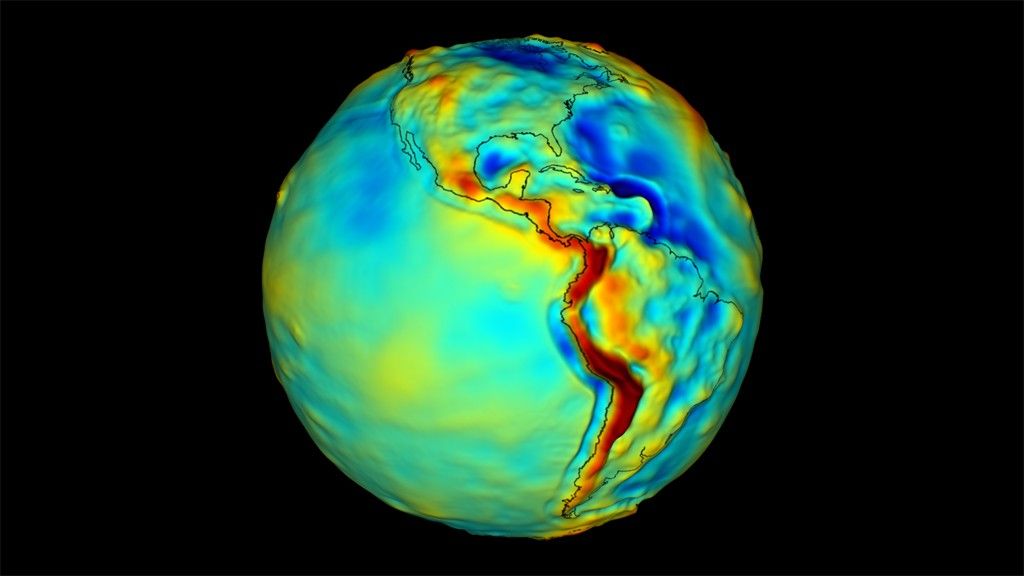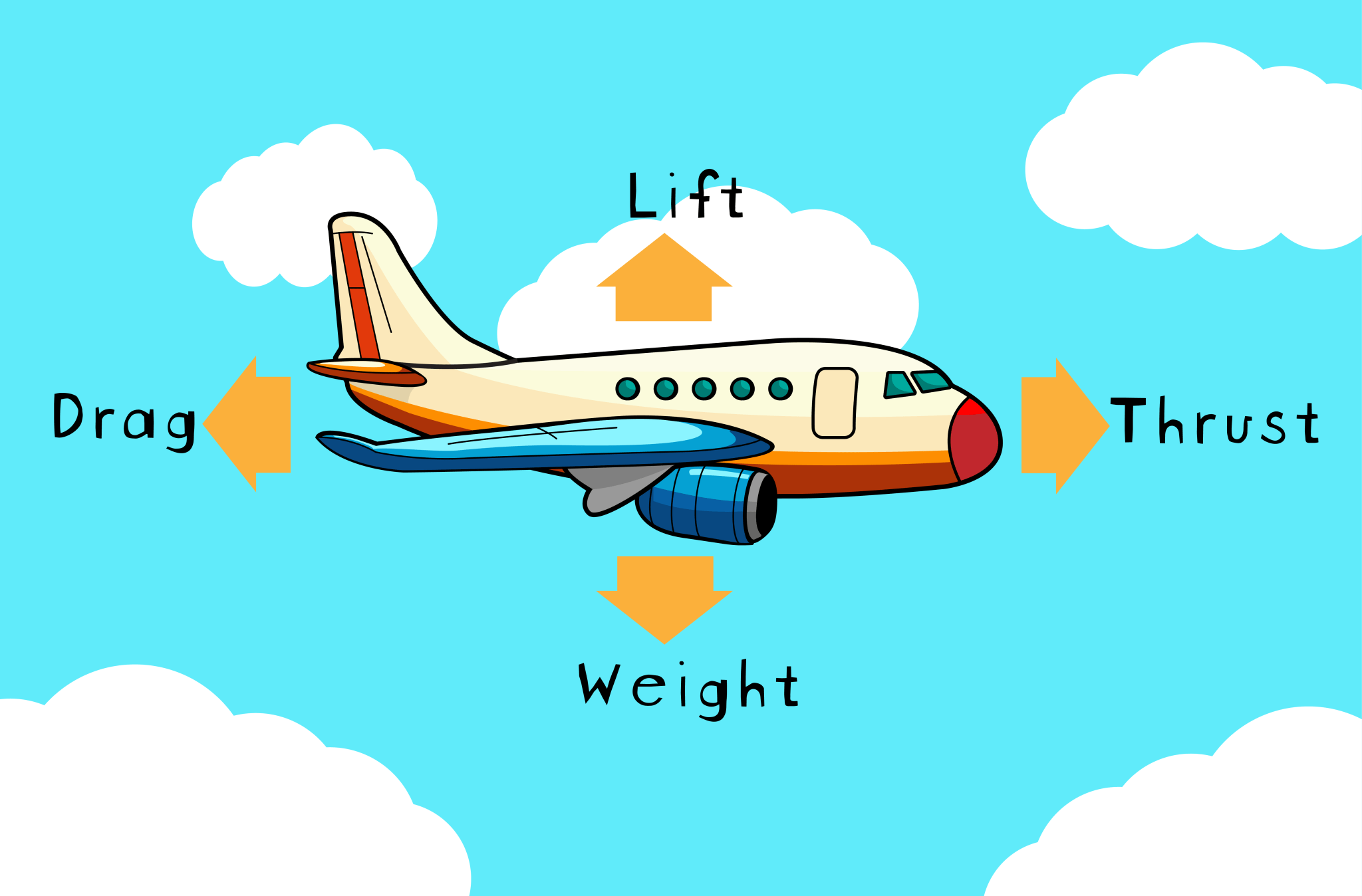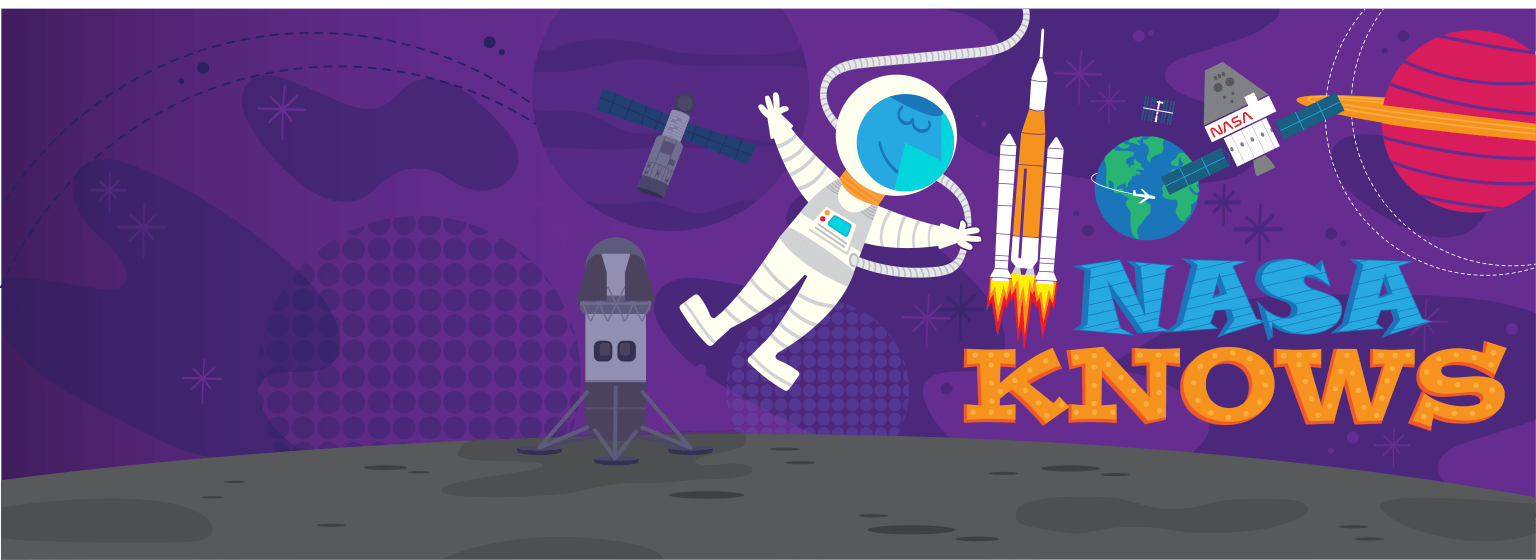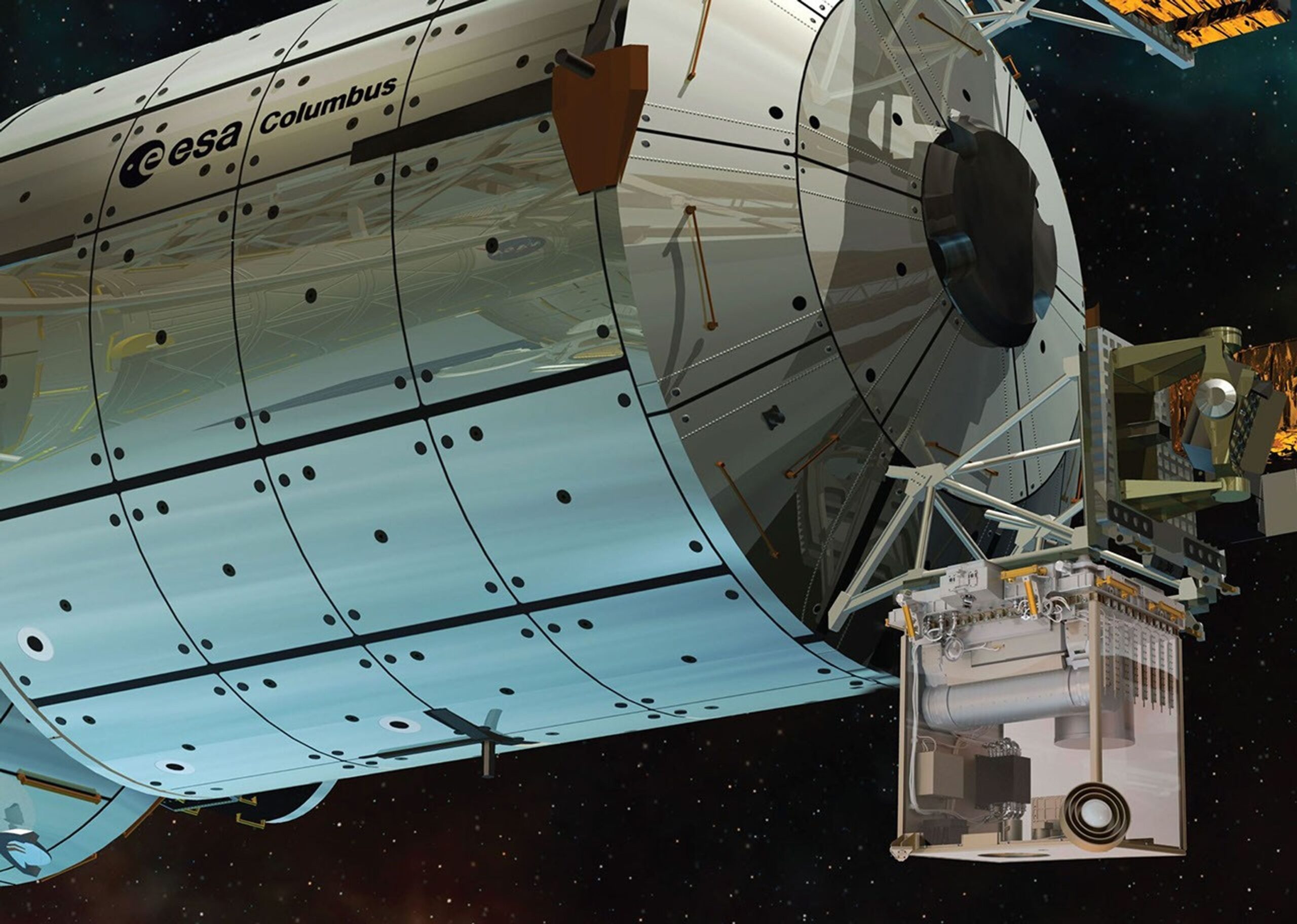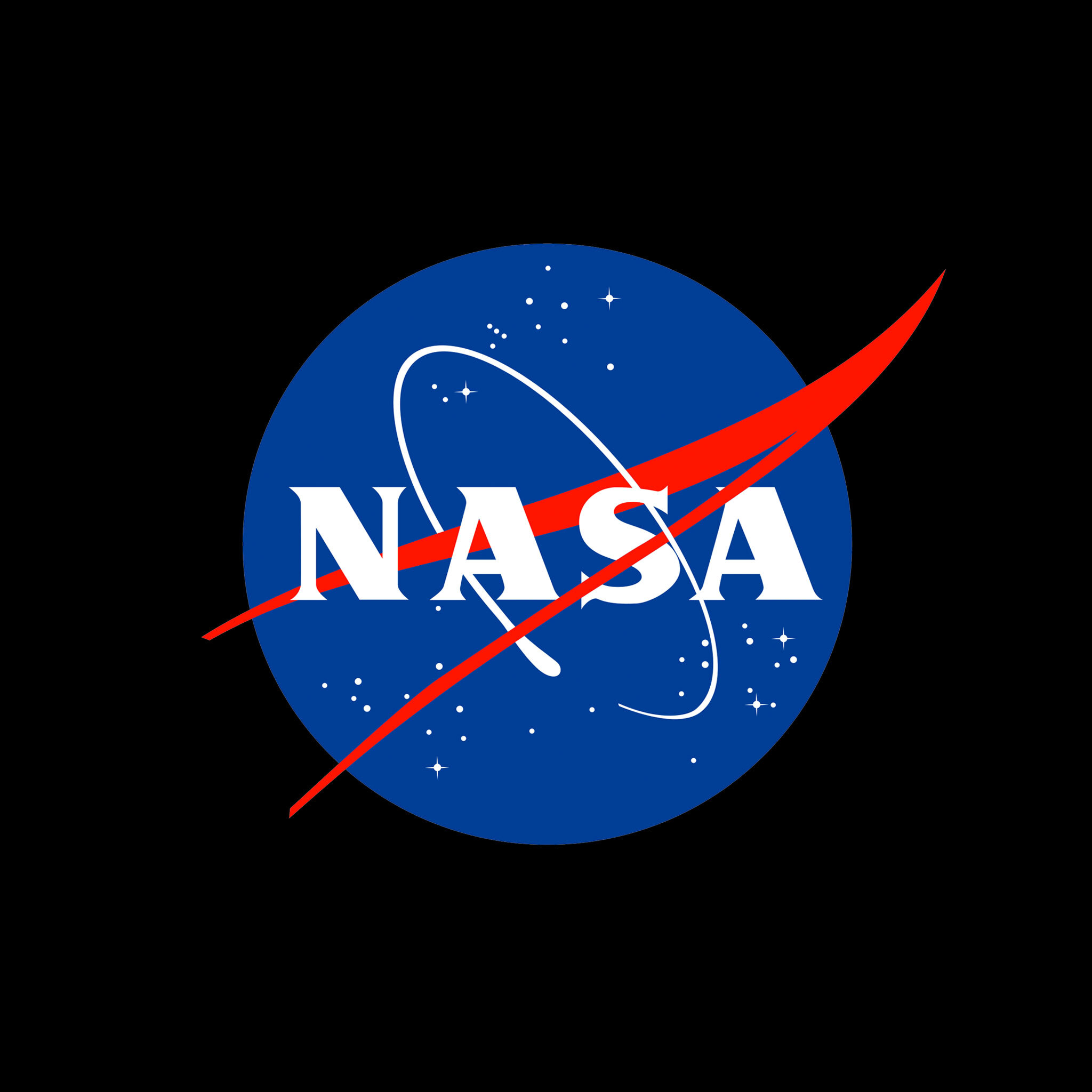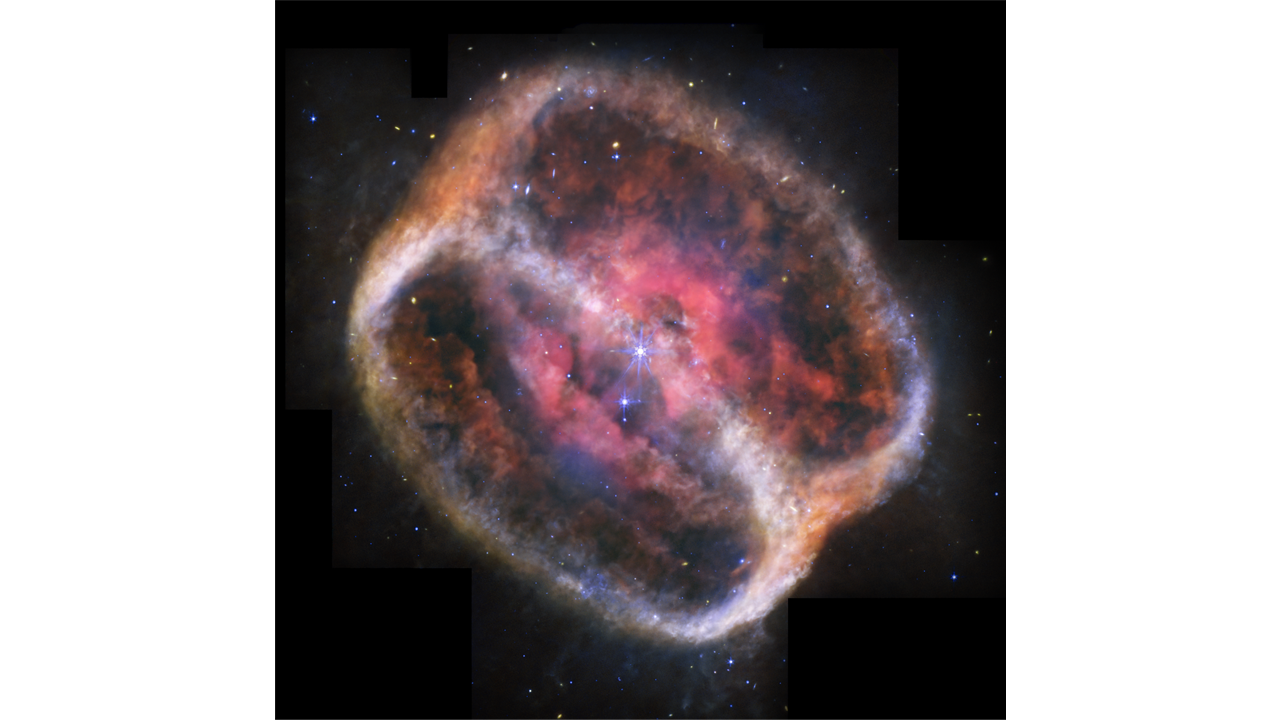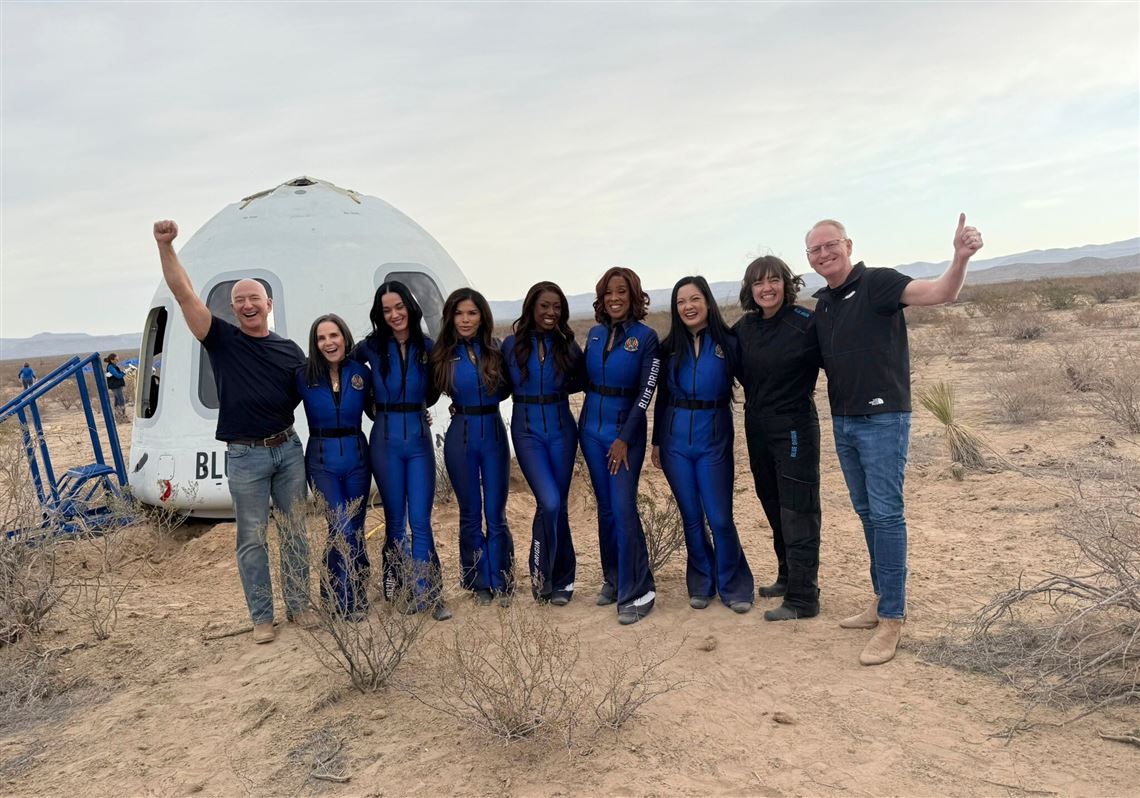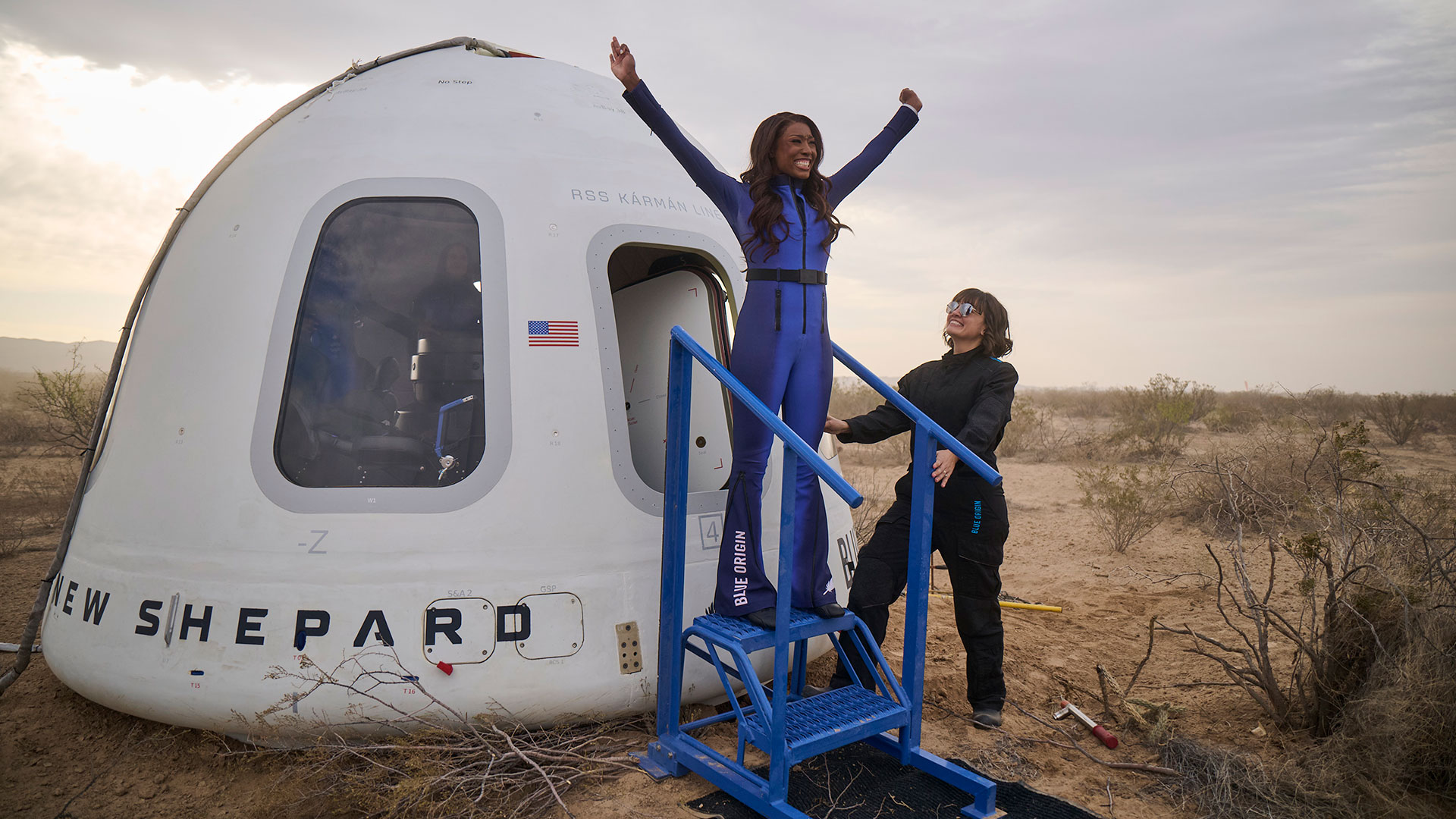Researchers from NASA’s Jet Propulsion Laboratory in Southern California, private companies, and academic institutions are developing the first space-based quantum sensor for measuring gravity. Supported by NASA’s Earth Science Technology Office (ESTO), this mission will mark a first for quantum sensing and will pave the way for groundbreaking observations of everything from petroleum reserves to global supplies of fresh water. A map of Earth’s gravity. Red indicates areas of the world that exert greater gravitational pull, while blue indicates areas that exert less. A science-grade quantum gravity gradiometer could one…
Read MoreAuthor: NeRD
What Is Aerodynamics? (Grades 5-8)
This article is for students grades 5-8. Aerodynamics is the way objects move through air. The rules of aerodynamics explain how an airplane is able to fly. Anything that moves through air is affected by aerodynamics, from a rocket blasting off, to a kite flying. Since they are surrounded by air, even cars are affected by aerodynamics. What Are the Four Forces of Flight? The four forces of flight are lift, weight, thrust and drag. These forces make an object move up and down, and faster or slower. The amount of…
Read MoreWhat Is Aerodynamics? (Grades K-4)
3 Min Read What Is Aerodynamics? (Grades K-4) This article is for students grades K-4. What Are the Four Forces of Flight? Aerodynamics is the way air moves around things. The rules of aerodynamics explain how an airplane is able to fly. Anything that moves through air reacts to aerodynamics. A rocket blasting off the launch pad and a kite in the sky react to aerodynamics. Aerodynamics even acts on cars, since air flows around cars. The four forces of flight are lift, weight, thrust and drag. These forces make…
Read MoreTesting NASA’s IMAP (Interstellar Mapping and Acceleration Probe)
On March 18, 2025, NASA’s IMAP (Interstellar Mapping and Acceleration Probe) arrived at NASA’s Marshall Space Flight Center in Huntsville, Alabama, for thermal vacuum testing at the X-ray and Cryogenic Facility (XRCF), which simulates the harsh conditions of space.
Read MoreAtomic Clock and Plant DNA Research Launching Aboard NASA’s SpaceX CRS-32 Mission
NASA’s SpaceX 32nd commercial resupply services mission, scheduled to lift off from the agency’s Kennedy Space Center in April, is heading to the International Space Station with experiments that include research on whether plant DNA responses in space correlate to human aging and disease, and measuring the precise effects of gravity on time. Discover more details about the two experiments’ potential impacts on space exploration and how they can enhance life on Earth: “Second Guessing” Time in Space As outlined in Einstein’s general theory of relativity, how we experience the…
Read MoreWhy Do We Grow Plants in Space?
1 min read Preparations for Next Moonwalk Simulations Underway (and Underwater) Why do we grow plants in space? Plants are such versatile organisms that they can fulfill many roles in our exploration of space. Plants provide us with food, with oxygen, they can recycle water and waste, and they can even provide us with psychological benefits. So all these functions will help NASA in fulfilling our goal of trying to create a sustainable environment for human presence in space. But there are also other benefits. We can investigate how plants…
Read MoreJames Webb Space Telescope sees a celestial Venn diagram around a dying star
A stunning new image from the James Webb Space Telescope (JWST) is allowing astronomers to examine the complex and turbulent final stages of a dying star’s life. The snapshot above showcases NGC 1514, a planetary nebula that resides roughly 1,500 light-years from Earth in the constellation Taurus. Despite the term, however, NGC 1514 has nothing to do with planets. Instead, at its heart, there are two stars. These stars appear as a single point of light in the James Webb Space Telescope‘s view, and this point of light is encircled…
Read MoreGayle King just conquered her fears with Blue Origin’s all-female space launch. Here’s how she did it.
Having the opportunity to overcome Earth’s gravity well and launch into space can be a spiritual and revelatory experience for those lucky enough to hitch a private ride on a rocket, as pop star Katy Perryand her historic all-female crew did on their Blue Origin trip from West Texas today (April 14). Joining Perry on the 10.5-minute suborbital NS-31 mission, which lifted off from Blue Origin’s Launch Site One, were CBS journalist Gayle King, philanthropist and author Lauren Sánchez, ex-NASA rocket scientist Aisha Bowe, research scientist Amanda Nguyen and film…
Read More100th person to fly only a suborbital spaceflight | Space picture of the day for April 14, 2025
Entrepreneur and former NASA aerospace engineer Aisha Bowe reaches out her arms in celebration after stepping out of the Blue Origin New Shepard capsule that flew her and five other women to space and back on April 14, 2025. (Image credit: Blue Origin) On April 14, 2025, Blue Origin launched its 11th human spaceflight, the company’s first to include only women aboard. Based on the seat assignments provided by the company, one of the six newly qualified astronauts has now become the 100th person in history to fly only a…
Read MoreNASA Announces 31st Human Exploration Rover Challenge Winners
To view this video please enable JavaScript, and consider upgrading to a web browser that supports HTML5 video NASA has announced the winners of it’s 31st Human Exploration Rover Challenge . The annual engineering competition – one of the agency’s longest standing student challenges – wrapped up on April 11 and April 12, at the U.S. Space & Rocket Center in Huntsville, Alabama, near NASA’s Marshall Space Flight Center. NASA NASA has announced the winning student teams in the 2025 Human Exploration Rover Challenge. This year’s competition challenged teams to…
Read More